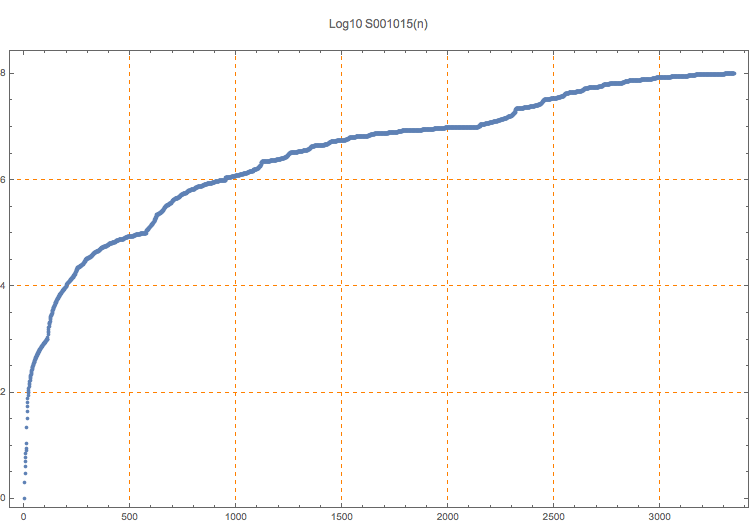Palindromes that are either non-decreasing or non-increasing toward their center.
0, 1, 2, 3, 4, 5, 6, 7, 8, 9, 11, 22, 33, 44, 55, 66, 77, 88, 99, 101, 111, 121, 131, 141, 151, 161, 171, 181, 191, 202, 212, 222, 232, 242, 252, 262, 272, 282, 292, 303, 313, 323, 333, 343, 353, 363, 373, 383, 393, 404, 414, 424, 434, 444, 454, 464, 474
1
Note that this sequence first differs from the standard palindromes A002113 at the 202nd term, which is 11111. It is now known (see the paper below) that every nonnegative integer can be written as the sum of three (standard) palindromes. However, that is not true for these palindromes; 1101288 is the first number lacking such a representation. This sequence is the union of A110784 and A110785.
T. D. Noe, Plot of 3349 terms (up to 99999999)
T. D. Noe, Table of 3349 terms (up to 99999999)
Javier Cilleruelo and Florian Luca, Every positive integer is a sum of three palindromes, arXiv 1602.06208 (Feb 19 2016)
(Mma) palindromeX[b_Integer, n_Integer, del_] := Module[{c = IntegerDigits[n, b], d}, If[OrderedQ[IntegerDigits[c]] || OrderedQ[Reverse[IntegerDigits[c]]], d = If[del, Join[c, Reverse[Most[c]]], Join[c, Reverse[c]]]; FromDigits[d, b]]]; tp1 = Table[palindromeX[10, n, True], {n, 9999}]; tp2 = Table[palindromeX[10, n, False], {n, 9999}]; Most[Union[{0}, tp1, tp2]]
Cf. A002113, A110784, A110785, S000698.
nonn,base
T. D. Noe, Apr 25 2017
